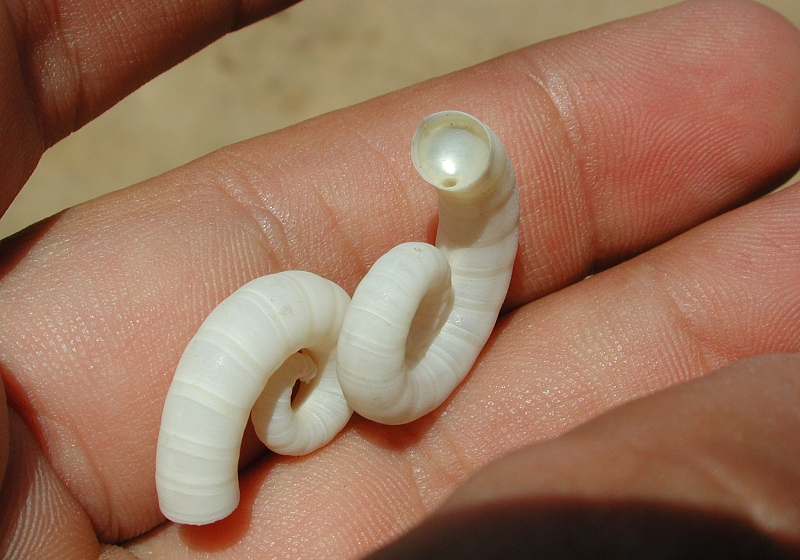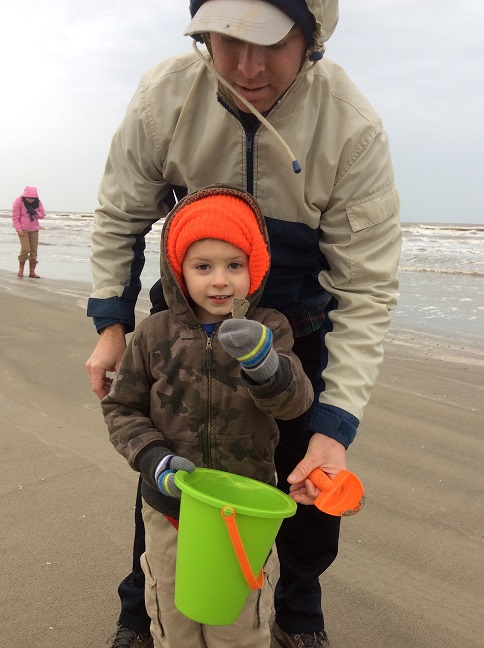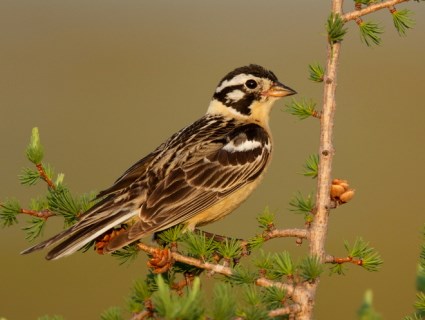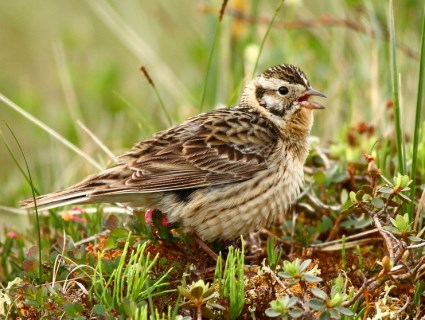New Lease Agreements = Angler Access
Wednesday, January 31st, 2018This is Passport to Texas
Thanks to new agreements between Texas Parks and Wildlife and private landowners, anglers have easier access to The Canyon Reservoir Tailrace—one of the top trout fishing destinations in the United States.
Texas Parks and Wildlife Department leased four access areas from private landowners along this coveted stretch of water, located below Canyon Reservoir on the Guadalupe River.
Stephan Magnelia, TPWD River Studies Program Director, said: “This portion of the Guadalupe River is a popular trout fishery and is likely the most fished reach of river in Texas.”
By leasing prime fishing locations from private landowners Parks and Wildlife provide anglers with a unique trout fishing experience in Central Texas.
Through late spring, the “no fee” leases give anglers the opportunity for bank and wade fishing – as well as put-in and take out areas for kayaks and paddling equipment.
Texas Parks and Wildlife will continue to stock the Canyon Reservoir Tailrace with thousands of rainbow trout each week through late-January.
Visit the Texas Parks and Wildlife website for the locations of the new access points along Canyon Reservoir Tailrace, and the full list of trout stocking dates.
The Sport Fish restoration program supports our series.
For Texas Parks and Wildlife…I’m Cecilia Nasti.







 Passport to Texas is a
Passport to Texas is a  Passport to Texas is made available by:
Passport to Texas is made available by: